STRETCH & REST CARE for the wellness warrior |
|
Our 13 year old dog, Teddie, got a home exercise program to strengthen his back and hips at his last vet appointment and that, of course, made me think of 2 FIT TIPS to help YOU get stronger. We’d noticed he was having more stiffness and difficulty getting up from the floor or jumping up onto surfaces. Apparently, it’s common for dogs to start to overuse their stronger front legs as they age and start to develop arthritis/pain in their spine or hips. We went deeper into why that is to satisfy my PT brain, but I won’t bore you with that. More importantly, the discussion reminded me of 2 Healthy Aging Moves to share with you. But first, check out Teddie being a good boy doing his homework: 3 sit to stands every day to strengthen his back and hips/legs. Yes, snacks are included! Here's Your Homework (without the snacks):1. ADDRESS YOUR WEAK SPOTSTeddie’s vet visit was a great example of how our brain loves to find the easiest way to move so you’ll automatically default to overusing your stronger muscles even if that isn’t an efficient movement pattern. We all have muscle imbalances in our body based on which hand is dominant, what you do all day, or the sport you play. Full body workouts like Yoga and Pilates are a great way to work on strengthening both sides of your body. Tightness or stiffness can also be a sign you’ve got some underlying weakness in your postural and core muscles. If you’re weak, your body will tighten up in key spots to hold you up against gravity. Finding your tight and weak spots will help balance you out. 2. FOCUS ON YOUR LEGSTeddie’s vet visit was also a great reminder of how important it is to keep your legs strong as you age. Have you ever noticed that some folks have difficulty standing up from chairs/sofas as they get older? It’s related to a variety of things- hip weakness, stiffness in their joints, and/or a fear of falling that can develop due to decreased vision, balance, and flexibility. The fear leads to them not leaning their trunk forward enough to stand up and it just spirals from there. And guess what they start to do- overuse their arms to stand up! Just like Teddie… Left unchecked it'll increase their fall risk. Falls are the leading cause of unintentional injury-related deaths for age 65 or older. Having a solid strength training program for your legs is a key component to staying active & agile as you age. Unlike dogs, we can't walk on our hands! Focus on your hip mobility & strength and use these exercises to help you get started. DAILY MOVES: Take Sit to Stand breaks throughout the day. It’ll help counteract all the negative effects sitting has on your posture and joints but also help your heart stay healthy. There is research showing that standing up once every 20 minutes is more effective than walking 15 minutes on a treadmill for cardiovascular and metabolic changes. It’s also more beneficial than standing up 35 times at once. You’ll want to stand up every 20 minutes to overcome the negative effects of sitting. Teddie has to do 3 sit to stands per day but you need to do 3 per hour of sitting.
POWER MOVES: Add these Power Moves to workout routines for stronger legs, hips, and core muscles. OVER TO YOU: Which moves will you start with this week? FYI if you need snacks to get you motivated at first like Teddie, aim for protein snacks (it's OK to sneak in a little dark chocolate too). To Strong Legs! Mollie P.S. Want more help with your tight & weak spots? Our next round of SHINE™ & opportunity to be a part of Rest Crew #2 is coming up soon- get on the waitlist here.
0 Comments
Did you know tight hips can make it harder for your core muscles to fire properly? Here’s a stretch to release your low back, hip, and pelvic floor muscles. It’s actually a yoga relaxation pose that is calming to your nervous system. HAPPY BABY STRETCHHOW TO DO THE HAPPY BABY STRETCH:
Make Sure You Avoid:
How To Modify:
How To Intensify:
PRO TIP: Add the Happy Baby Stretch to these 3 Moves to Prep for Better Core Workouts. Staying flexible in your hips will help you have a stronger core which helps improve your posture and performance. The Happy Baby Stretch is a great one to do daily at the end of a workout or your day. Go ahead and add it to your Rest Toolbox. To Happy Hips! Mollie P.S.EXCITING NEWS- our next round of SHINE™ & opportunity to be a part of Rest Crew #2 is coming up soon- get on the waitlist here. There is one recommendation I share with all my clients. It doesn't matter if they have a strength or mobility issue. It doesn't matter if they have an ortho or a neuro issue. Or whether we are working on improving their pain, posture, or power. What is it? It's a hip check up. Why the hips? Movement begins at the hips. Your hips don’t lie. Imbalances in strength and flexibility of your hips will cause issues all throughout your body because everything’s connected to everything through your fascia (connective tissue). Fascia is the tough connective tissue that spreads throughout your body in a three-dimensional web from head to toe. It holds everything together from your bones and organs to the nerves, blood vessels and muscles. There are over 10 fascial lines running superficial to deep throughout your body that connect specific muscles. Did you know pain in your foot or neck can be coming from a tight hip? Since your hips are at the center of your body, tightness in your hips will pull on the end of the lines. Imagine pressing on the center of a spider web. What happens? The edges get pulled in. The same thing happens in your body. Tight spots in the body put tension somewhere on the fascial line resulting in stiffness and/or pain. If you find and release the tight spots in your fascia instead of focusing on one muscle at a time, you can improve the mobility of the entire line. Better mobility helps prevent injury, re-balance your nervous system, decrease inflammation/pain and improve your posture no matter your age or how many injuries you've had over the years. Start in the center of your body. Find your tender and tight spots in your hips then work your way down the line toward your head and feet to lengthen the fascia to make lasting changes in your posture and flexibility. Here's a hip spot to target first: Your Gluts! Grab a ball and do a hip check up to help release your tender and tight spots using the following massage & stretch moves. HIP MASSAGE MOVESHIP STRETCH MOVESBe gentle. Go slow, breathe, and let the tissue let go without forcing it before you massage or stretch deeper. Let pain be your guide at first as a sign that you need to back off or for how much pressure or stretch to do. If you find some tender or tight spots on one side, give that side more attention. If you don't feel tender or tight, then you've got healthy hips. Go You! It's pretty common to have spots in the gluts when you sit a lot or are very active, especially if you don't have a daily stretch care routine for recovery. Regardless of what you find, here are 3 more stretch moves that will help you open up and have healthy hips. P.S. Want to get stronger with less effort? Download this 3 minute Active Recovery Yoga Routine to help you train smarter, it's free! Download It Now We do not provide medical advice. You should consult your physician prior to beginning any new exercise program. Here's a Power Move to make lasting changes to your posture and flexibility: Traction while you stretch. It'll help you overcome the compression forces that gravity, aging, sitting and exercise have on your tissue and joints. Ever feel like you are getting shorter as you age? It's not just a posture issue. Gravity is literally weighing you down. Remember everything’s connected to everything from head to toe through your fascia (connective tissue). When you hold onto a stable object to traction while you stretch, it'll help lengthen your fascia from the inside out to make more space in your tissue (i.e. from the joints to end of the fascia line). Here are my favorite ways to traction while you stretch: 1. Hold onto a wall, sink, or rail and stretch your upper body and upper back. 2. Put your foot on a wall, edge of sofa or use a band to stretch your hips and low back. 3. Use Pilates equipment to stretch and lengthen while you move through the movements. This past week, I accidentally found a new powerful way to traction that felt so good. You've got to try it. Here's a 2 minute overview of what happened. GO PROTest out holding onto different objects to see which one gives you the best release and feeling of lengthening through your body while you do your stretch moves. You never know. It might just be a tree like me! In the future, your goal will be to learn to traction & stretch without holding onto or bracing on something. Pilates or Bands are great ways to help you transition off holding onto or bracing on something to traction while you stretch. Go hang out! Mollie P.S. Want to learn how to traction while you stretch using the wall and bands? Join us in HIP Camp™. Camps For A Cause: For every camp sale we donate to organizations that support the health & welfare of animals, wildlife, & marine life. Two of our favs that help rescue & rehab are Beagle Freedom Project & Sheldrick Wildlife Trust. Did you Make Space last month to slow down for rest? If decluttering didn’t help turn on your rest & relax mode, you can try a different strategy: Move Your Body. Movement can help prepare your brain & body for rest. It’s the cue that it’s safe to calm down. Think about a yoga class. Most start with movement poses and end with relaxation poses or meditation. Moving your body first can help it calm & slow down. What kind of movement? It depends. Every BODY is different. You have to experiment and play with different moves to see which ones help you turn on your rest & relax mode. Tune into your body. What kind of movement does it need to slow down? It might need to shake, shout, sing, or stretch it out for just a few minutes before you rest. Or it might need to complete a stress cycle with 20-60 minutes of physical activity. Moving your body is the best way to complete a stress cycle and signal to the brain the threat (real or not) is over and it’s OK to calm down. Find something your body loves moving and doing before resting- running, jogging, walking, dancing, cycling, swimming, rowing, Yoga, Pilates, paddling, rock climbing- anything that feels good & triggers your rest & relax mode. Listen to your body. It’ll tell you what moves it needs to slow down. It’ll not only feel calmer but also help you tap into more of your intuitive, creative, and happiness vibes. Move & Play before you Rest & see how your body responds. Have fun! Mollie P.S. Want 4 more moves to help trigger your rest & relax mode? Check out this FIT Blog. Do you know how to get your brain and body in flow? In sports we call it being in the zone. When a baseball pitcher is throwing a no hitter, he’s in the zone or flow. It’s that state where you are fully present, focused and at ease. There is no effort involved. You loose track of time. Writers and artists are in that state when their creative juices are flowing. As you get to know your body, you can do activities to help trigger a flow state. Here are some ways to help you get in flow.
Do any of those pop out at you as a clue to how you can get into flow each day or before tasks you need to be at your most focused or creative self? For me, it’s movement especially for writing tasks. I typically have to move my body before I can write. Sometimes journaling will get my creative juices flowing but I get my best ideas when or right after I move my body. You know I love stretching and Pilates, but dance has always been a part of my life as well. Is there something you do to get in flow that isn’t on this list? I’d love for you to share it with me. And if you have no idea what helps you get in flow, pick one and experiment for a few days and track how your mind and body feel. Then compare to a different one. Have fun with it. The more you practice, the more you can get in flow. It’ll boost your mood, energy, and add more ease to your day. Find Your Flow! Mollie P.S. Download this Daily Planner for more mini moves to help you get in flow each day. If you're worn out, burned out, or just in need of a time out, our free 3 Day Rest Adventure is for you. Say Yes To Rest!
How's your stretching going?
Did you practice calming your body with gentle stretching vs overstretching like we went over in the last Fit Blog? Hope so because it's time to kick your stretch skills up a notch with the 3-IN-1 Hip Stretch! It's an active recovery stretch for cyclists and spin lovers that takes less than 2 minutes. TBH we’ve held back on sharing this one for a while. We really need you to listen to your body so you don’t injure your knee doing it. Ease into this one especially if you have tight hips, IT Band or knee issues. Before you try these moves, please read through everything below so you get the most out of it and stay safe.
THE 3 STRETCH MOVES:
This 3-IN-1 Hip Stretch sequence is primarily a hip flexor stretch (unlocks the front of the hip) that moves into the fascia above (in your core muscles) and below (in your quad muscles) to work the front fascial line. For each stretch move, breathe and pull your belly up and in. Pace yourself and pause the video if you need more time to focus on your form. Listen to the cues in the video but the overall sequence and flow is:
HOW TO INTENSIFY:
HOW TO MODIFY the Quad Stretch (video at 0:47 and 1:50):
Change the position entirely if needed for the quad stretch so it’s less intense and less fascia stretching at the same time:
OVER TO YOU: The 3-IN-1 Hip Stretch helps open up the front of your hips for better posture and less tension on your back and knees. Once you get these 3 moves down, you can do the flow in less than 2 minutes for active recovery after riding or workouts to release the front of your hips, core and quad’s. You may notice one foot is harder to reach due to hip tightness and that one side is harder to balance due to hip weakness. That's normal but you can balance out and improve overtime with practice. There are a lot of ways you can progress yourself with the 3-IN-1 Hip Stretch as you bring the spring back to your tissue especially if you sit a lot for work or exercise. Enjoy! Team Core Power P.S. Want more stretch moves & massage tools to release your tight & tender hip & core spots? Join us in HIP Camp™. Do you feel pain when you stretch? If so, it’s a sign you’ve gone too far. Remember healthy tissue isn’t stiff. It’s elastic. Bungee cord like versus rope like. You can bring the spring back to your body with stretching no matter your age but there is an art to stretching. Just like we've evolved from flip phones to smart phones, we've made advances in stretching that can help you have better results. First you have to learn to stop over-stretching. If you experience pain with stretching, your body will tighten up more. Why? The body’s response to pain is to protect, tighten up, guard. Gentle stretching is key to stop over-stretching. Stop stretching as far as you can go. Start stretching at about 90% of your pain-free range of motion. The goal is to calm the body so the tissue will lengthen and let go. Here are some basic stretch principles to practice that'll help improve your elasticity: BE GENTLE Don’t force the motion or your body will tighten up. Check in with your face and neck. Are you tensing up because the movement is uncomfortable? That’s a sign you’re stretching too far. BREATHE Always breathe while stretching to help hydrate the tissue and increase the circulation to the area. Slow, deep breaths are calming. FOCUS Be mindful while stretching and focus on what you are feeling in your body as you stretch. Imagine restoring the spring in the tissue vs. pushing to your limits to get taller or more flexible. Stretching the fascia can feel like a burning sensation, but it should go away as soon as you stop stretching. Feel for the tissue to let go, releasing before you stretch farther into the movement. CHANGE THE TEMPO Stretching with proper breathing prepares your nervous system for your next activity. Fast, shallow breaths will turn on your nervous system. Slow, deep breaths will calm your nervous system. Breathe and stretch faster before exercise. Breathe and stretch slower after exercise for recovery. CHECK YOUR FORM Stretch with good form and control. Hold positions for 2-3 breaths before your workouts and a little longer after workouts. MOVE MORE Take mini movement breaks throughout the day to help your fascia be healthy and elastic. It all adds up whether it’s 3 breaths, 3 reps, or 3 minutes of movement. Become more mindful of these principles as you stretch each day to help you feel and move better. Let pain be your guide at first as a sign that you need to back off. Go slow, breathe, and let the tissue let go before you stretch deeper. If you want to make lasting changes in your flexibility and posture, you’ll want to learn how to use fascia stretching and trigger point massage tools. We show you how in our online Rest Camps. Camp routines are designed to help you release your most glued down stuck spots (whether they’re from chronic injuries or intense workouts) in less than 10 minutes a day so you can move & perform pain-free. Get on the interest list here. Let’s get you stretching with (lasting) benefits! P.S. Maximize your stretch results with this flexibility hack: The One Thing To Do Before You Stretch. I'm sure you've heard about how to exercise your core muscles in your trunk area but did you know you’ve got a foot core too? We’ve got 4 layers of muscles in feet- i.e. the intrinsic muscles. 4 layers!!! Doesn’t seem like there is enough room, does it? Most of the time you only hear about the plantar fascia (connective tissue) as it gets all the attention when it’s flared up, i.e. plantar fasciitis. They may not be as vocal when you’ve got a foot injury, but the foot intrinsic muscles are important too. They make up your foot core and help provide stability of the arch and control toe movements. They play a huge role in functional movements and by helping with your balance and posture. It's very easy for them to be weak or even turned off due to tight spots in your calf and foot fascia. They LOVE to be lazy when you’re wearing cushy shoes (all that cushion in our shoes helps with impact on our joints but encourages our foot core to not work very hard). So how about we give them some love in honor of Valentine’s day? 1. DO A FOOT CORE CHECKUP. You probably know if you have a high arch, low arch or no arch but let’s see how your foot core muscles are doing. This might be easiest to do in front of a mirror where you can see your foot vs trying to look down at your foot. Or you could video and look at it after you do the moves. Stand on one leg. Hold onto a counter, wall or chair if needed to but with as little support as possible. Don’t lock out your knee- keep a soft knee. What do you see going on in the foot your standing on? Is there any flickering going on in the top of your foot tendons or any movement side to side from trying to keep from falling over? Or is your foot like a flat pancake on the floor with no arch? Or maybe it’s like a dead fish- limp, no life? Are your toes holding on for dear life to the floor, so you don’t fall over? How does it feel? Does it hurt to stand on one foot? Are you wondering where the floor is? Is it hard to balance? Are your hips working hard moving side to side to keep you upright? No judgment just look and feel what’s going on or not going on. What happens if you bend your knee slightly? Any changes? Now check out the other foot. Go through same questions and then compare to other foot. Flat arches, no signs of muscle activity on top of your foot, difficulty balancing and/or your toes flexed and trying to grip on the floor are signs your foot core muscles need some attention. One foot core may be having more issues than the other one. It'll depend on which hand you are dominant and what kind of activities you do each day. Also if you've had any injuries on one side. It doesn't matter, both sides probably need attention. 2. GIVE YOUR FOOT CORE SOME LOVE. Massage your foot core: Self-Massage on the bottom of your feet with your hands or massage tools will help release trigger points (tender spots). Keep it simple and use a tennis ball, racket ball or even dog toy if you don’t want to buy a massage tool. Roll back and forth from the ball of your foot to the heel or find tender spots to hold pressure on for a few breaths then move to another tender spot. You can do foot massage in sitting or standing. Sitting is less intense than standing. Massage the bottom of your foot as described to get to the foot core muscles. You can gently massage the top of your foot with your hands but the top (dorsum) of your foot is more sensitive and more bony. If your foot is flared up, you can do ice massage by rolling back and forth on the bottom of your with a frozen water bottle for several minutes. An added bonus to massaging your feet is that the bottom of your foot has acupressure spots for every organ in your body. When you massage your foot, you’re sending calming signals to your whole body. Stretch your foot core: Stretching the tight spots in your toes, ankles, and calves in sitting or standing can help your foot core turn on.
Strengthen your foot core: Full body and barefoot workouts like Yoga or Pilates will help strengthen your foot core.
Challenge your foot core: Pilates Reformer work, unstable surfaces (like Bosu ball or foam surfaces) and doing band work resistance exercises barefoot are some of my favorite ways to challenge the foot core. Support your foot core: Good arch support will help keep your foot in good alignment which helps your foot core turn on properly. You might need some extra arch support if you have very flat feet or high arches, stand a lot each day, or do an impact sport like running. It could be a simple over the counter foam insert to a custom orthotic. Typically, the liner that comes in your shoe is crap. You’re not looking for a huge build up under the arch. Just a little arch support so it’s not completely collapsed, and you aren’t getting pain in your feet or knees with activities. You can learn from a health professional how to use kinesiotape to calm down foot pain if you get flare ups and support your arch but it’s important to also strengthen your foot core to help avoid foot injuries. 3. DO A RECHECK. If you try any of the above foot care tips, recheck to see how your foot core is doing. Stand again on one leg and see what’s going on down there. Do you see more activity on the top of your foot, have better balance and/or a little bit of arch activity where there is some space between your foot and the floor? How does it feel? Hopefully you’ll feel more contact with the floor and more grounded or stable overall. Even though your feet are at the end of the line, they’re the first body part in contact with the ground which then causes a chain reaction up the leg and into your trunk muscles. They need just as much love as the rest of your body. Just a few mini moves for the foot core make a big difference in your posture and balance. Give your foot core some love each day! Mollie P.S. Want more tips on how to check your form? Here's a Fit Blog that'll help. Want more massage tools & stretch routines to support and challenge your foot core (and hip core) We’ll show you how in HIP Camp™. How’s it going using the Head To Toe Posture Checklist to turn on your core during workouts? Are you more aware of how to reset your posture during your day? One way to feel and get your core stabilizer muscles working is to hold a small ball or towel roll between your inner thighs as you run through the posture checklist or during your core exercises like when doing a basic abdominal crunch, hip bridge, plank or pushup. If you’re ready for more of a challenge to your core, then it’s time to practice doing these posture cues while doing a mind body workout like Pilates. Pilates exercises are some of the most powerful for strengthening AND stretching your core to improve your posture and performance. Done right, you’ll walk out of your Pilates session a different person than going in. You’ll feel taller, calmer, centered... EMPOWERED. Pilates is an art form like martial arts or dance. Knowing the history and purpose behind the exercises will help you experience the full benefits of it. Just like dance, the more you practice Pilates, the more you perfect it and it becomes a lifestyle. The first step is learning the movement pattern for each exercise then you progress to focusing on your form from head to toe while executing each exercise. The goal is to eventually become your own coach. You can’t do that without having a good instructor to help you learn how each exercise should feel in your body. Here are some resources to help you make sure you are getting the most out of your Pilates workouts and not just going through the motions: Getting started and the benefits of Pilates How to find a great Pilates Studio & Instructor How to pick your first class & understand the most common Pilates cues There is no better time than the present to introduce (or reintroduce) your body to the Pilates world. I love that Pilates can be modified to be more gentle or challenging depending on what your body needs. I’ve used it with all ages and abilities. When you stick with it, it becomes a lifestyle. It’s addictive 😊 but a healthy one. Pilates Rocks! Mollie |
Mollie Miller, PT
|
TERMS OF USE PRIVACY POLICY
Core Power Health & Fitness, Inc. does not provide medical advice. Consult a licensed physician prior to beginning any exercise or nutrition program.
Copyright © 2015 Core Power Health & Fitness Inc.
Core Power Health & Fitness, Inc. does not provide medical advice. Consult a licensed physician prior to beginning any exercise or nutrition program.
Copyright © 2015 Core Power Health & Fitness Inc.
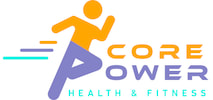
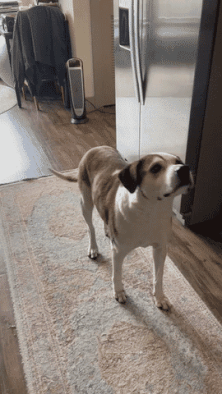
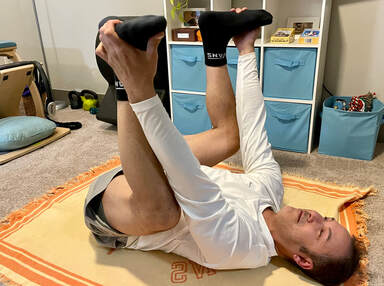
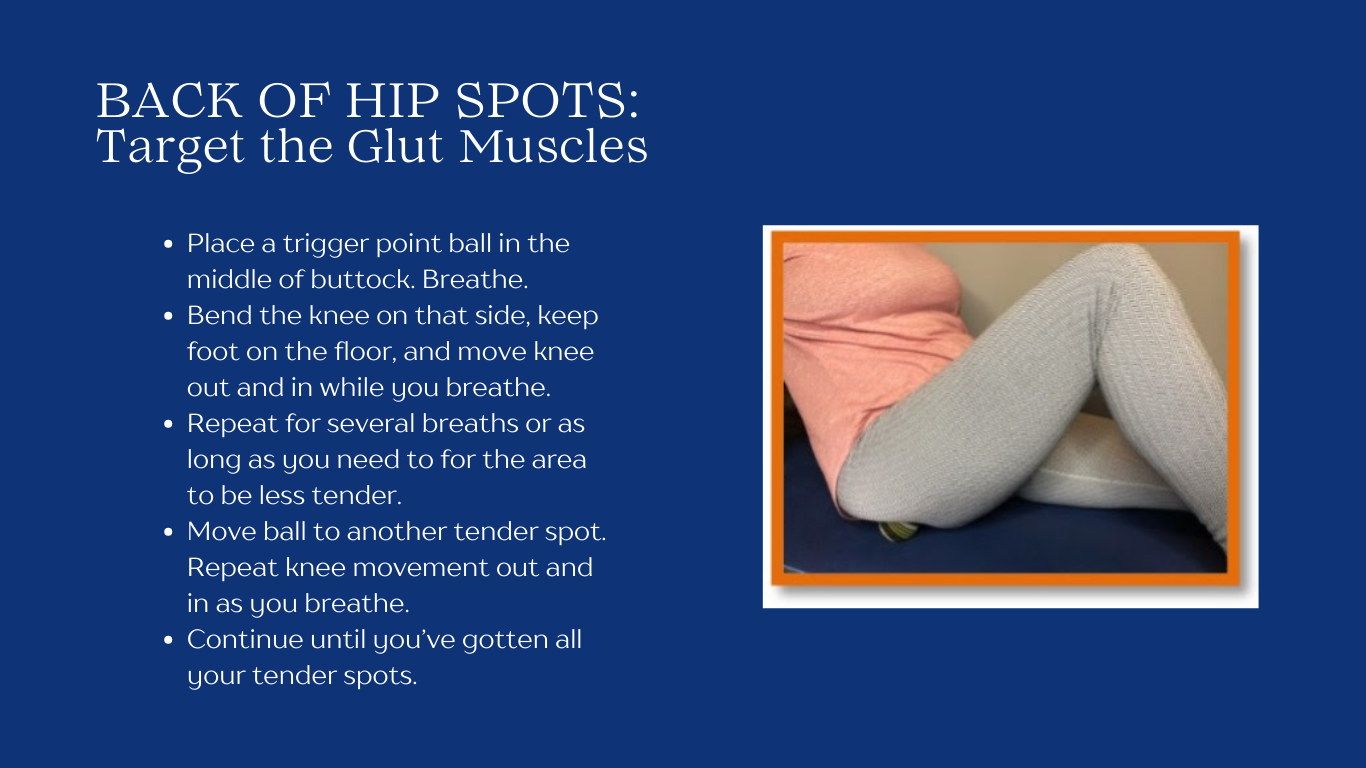
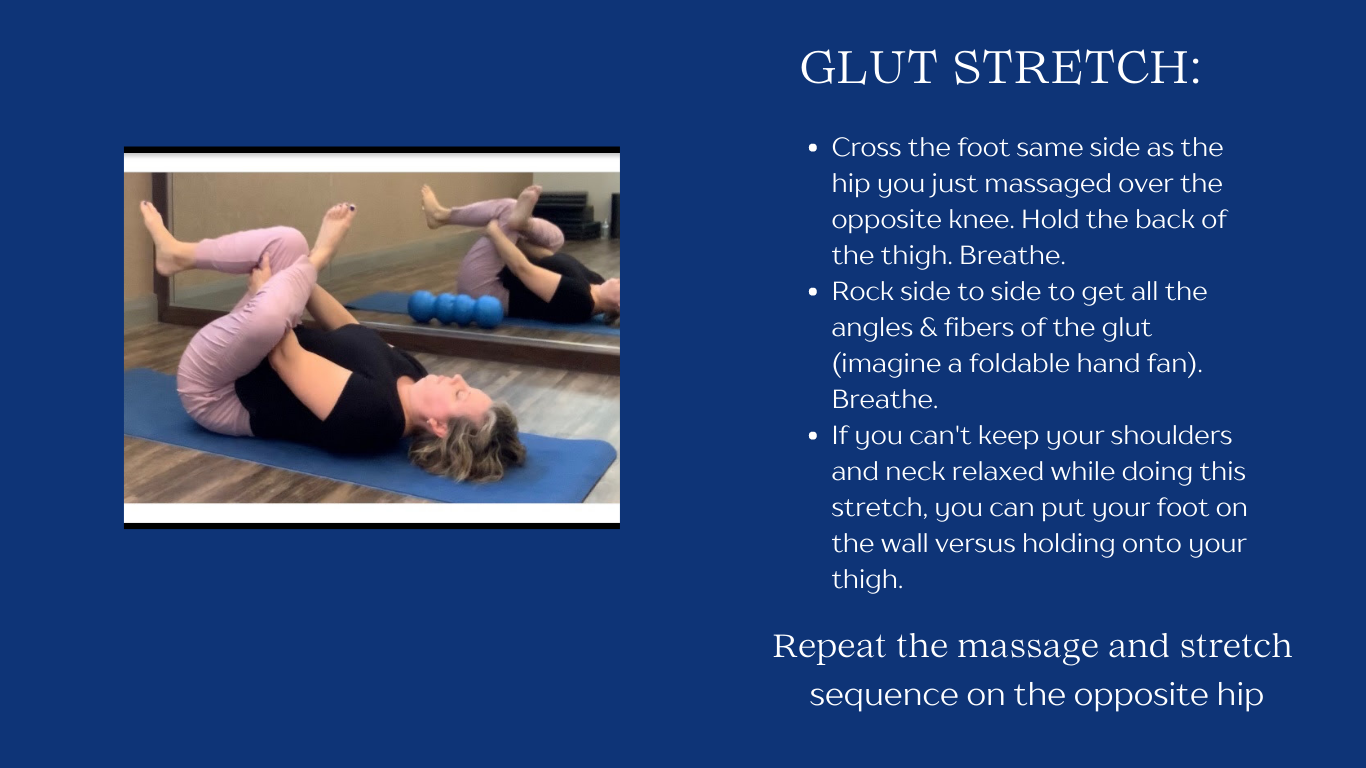


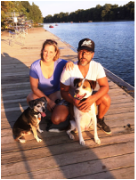
 RSS Feed
RSS Feed